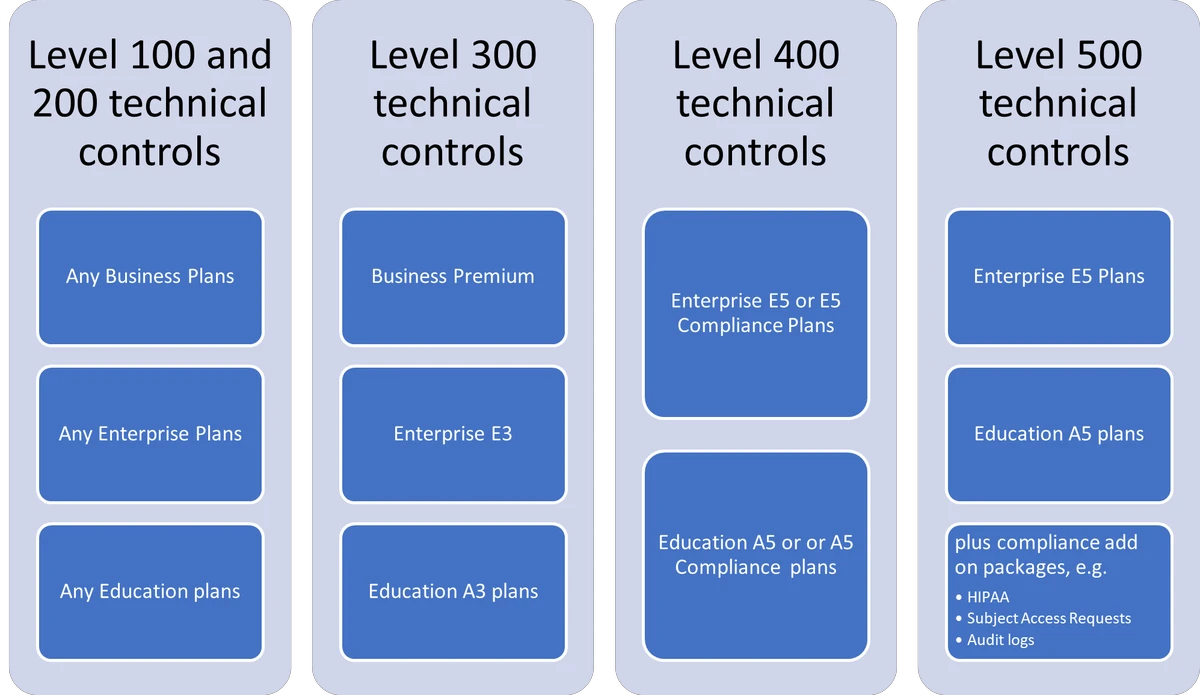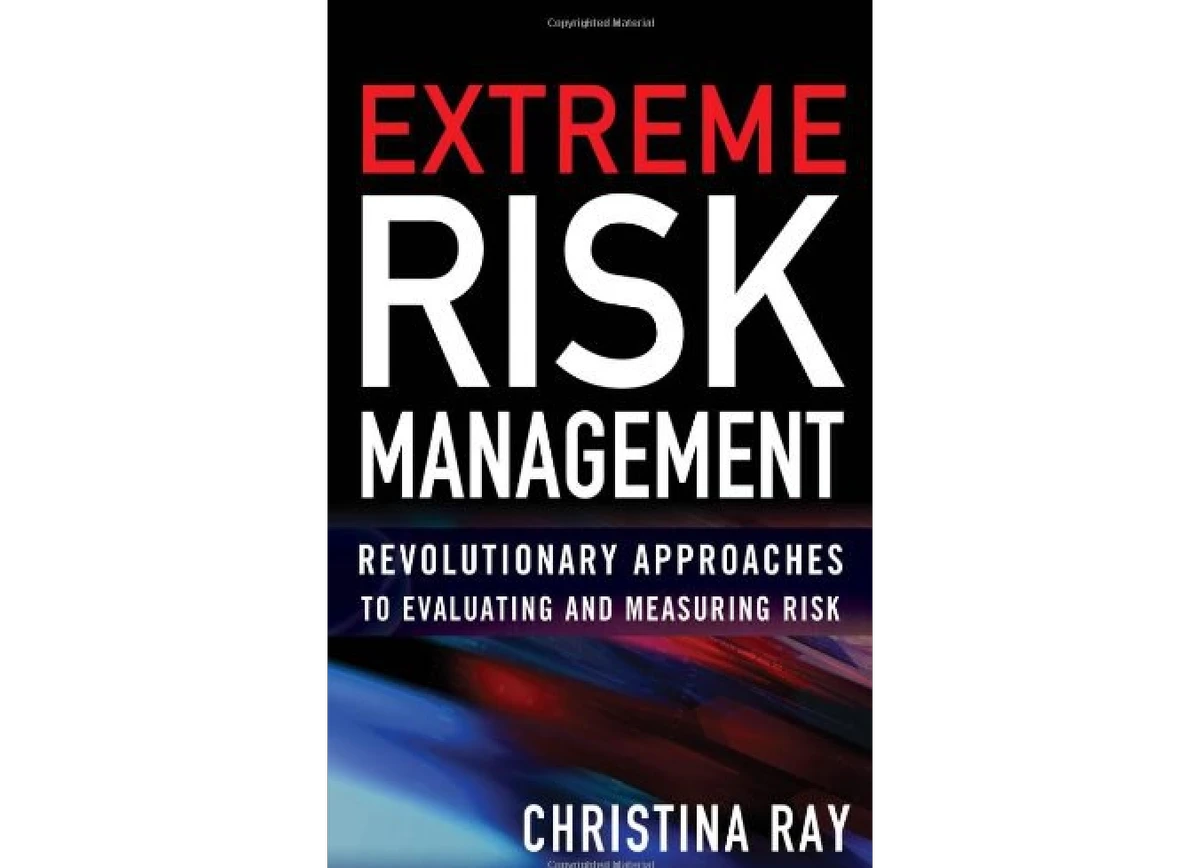

Quantitative trading is a data-driven approach that leverages mathematical models and algorithms to identify profitable opportunities in financial markets. However, the reliance on quantitative strategies comes with its own set of risks. Effective risk management is crucial for quantitative traders to ensure long-term profitability and sustainability. In this article, we will explore advanced risk management techniques for quantitative traders, including the latest trends, strategies, and tools that can help mitigate risk while maximizing returns.
Introduction to Risk Management in Quantitative Trading
Quantitative trading involves complex algorithms and mathematical models that attempt to predict market trends, optimize trading strategies, and identify arbitrage opportunities. However, despite its precision and data-driven nature, quantitative trading is not risk-free. Market volatility, model inaccuracies, and external shocks can lead to significant financial losses.
Risk management in quantitative trading is the process of identifying, assessing, and mitigating risks to minimize the negative impact of unexpected events. As a quantitative trader, developing a robust risk management framework is essential for navigating unpredictable market conditions and safeguarding profits.
Why is Risk Management Important for Quantitative Traders?
Effective risk management ensures that potential losses are controlled and the capital invested is preserved. By understanding and implementing risk management techniques, quantitative traders can:
Avoid catastrophic losses: Without a proper risk management plan, even the most sophisticated quantitative models can result in significant losses.
Maximize risk-adjusted returns: A good risk management strategy helps optimize returns while minimizing the risk involved.
Increase longevity in the market: Traders who practice sound risk management are more likely to survive in the long run, even when faced with market downturns.
Improve strategy reliability: Risk management allows traders to backtest their strategies in a controlled environment, ensuring better performance and fewer surprises.
Key Risk Management Techniques for Quantitative Traders
- Position Sizing and Risk Allocation
Position sizing is one of the most fundamental aspects of risk management in quantitative trading. It refers to determining the amount of capital to allocate to each trade or position based on the risk level and the trader’s overall portfolio.
Advanced Techniques:
Kelly Criterion: The Kelly Criterion is a mathematical formula used to determine the optimal position size based on the expected return and the probability of success. It maximizes the growth of a portfolio while minimizing the risk of bankruptcy.
Risk Parity: This technique focuses on distributing risk evenly across all assets in a portfolio, rather than allocating equal amounts of capital. It ensures that the risk of each position contributes proportionally to the overall portfolio risk.
Benefits:
Helps to avoid overexposure to any single trade or asset.
Maximizes the long-term growth of the portfolio by managing risk effectively.
- Diversification and Asset Allocation
Diversification involves spreading investments across various assets to reduce the risk of significant losses from a single position. A well-diversified portfolio can help smooth out the volatility and reduce the overall risk of the trading strategy.
Advanced Techniques:
Factor Diversification: Instead of diversifying across asset classes, factor diversification focuses on diversifying across different factors such as value, momentum, size, and volatility. This reduces the correlation between trades, thereby lowering risk.
Dynamic Asset Allocation: This strategy adjusts the weight of different assets in the portfolio based on changing market conditions, such as volatility, correlation, or risk-return ratios.
Benefits:
Reduces risk through a mix of different, uncorrelated assets.
Protects the portfolio against market downturns by spreading risk.
- Risk Metrics and Monitoring
Risk metrics help traders quantify potential losses and assess the risk profile of their trading strategies. Continuous monitoring of these metrics is essential to stay informed of potential risks that could lead to substantial losses.
Key Risk Metrics:
Value at Risk (VaR): VaR is a statistical measure that estimates the potential loss in the value of a portfolio over a given time period at a specific confidence level. It helps traders assess how much they stand to lose in adverse market conditions.
Conditional VaR (CVaR): CVaR is an extension of VaR that estimates the expected loss in the worst-case scenario. It is particularly useful in quantifying the risk in tail events (e.g., black swan events).
Maximum Drawdown (MDD): This metric calculates the largest peak-to-trough loss in a portfolio, helping traders understand the worst-case scenario in terms of capital drawdown.
Benefits:
Provides a quantifiable measure of risk exposure.
Helps traders understand and manage potential losses in volatile market environments.
- Stress Testing and Scenario Analysis
Stress testing involves simulating extreme market conditions to assess how a portfolio or trading strategy would perform under adverse scenarios. Scenario analysis helps traders evaluate the impact of different market events, such as economic shocks, geopolitical risks, or sudden market crashes.
Advanced Techniques:
Monte Carlo Simulation: This technique uses random sampling to simulate a range of possible outcomes for a portfolio. By running thousands of simulations, traders can assess the likelihood of different levels of risk and return.
Historical Simulation: This method uses historical market data to simulate past market conditions and assess how the portfolio would have performed during previous crises.
Benefits:
Provides insight into how a strategy would perform during market crises or extreme events.
Helps traders prepare for worst-case scenarios and plan risk mitigation strategies.
- Automated Risk Management Systems
With the increasing complexity of quantitative strategies, automated risk management systems have become essential for managing risk in real-time. These systems can monitor portfolio risk, execute risk mitigation strategies, and adjust positions automatically based on predefined rules.
Key Features:
Real-time risk monitoring: Continuously tracks market conditions and portfolio performance to ensure that risk limits are not exceeded.
Automated stop-loss orders: Automatically exit positions when a specified risk threshold is reached, protecting the portfolio from significant losses.
Dynamic risk adjustment: Adjusts position sizes, asset allocation, and leverage in response to changes in market conditions.
Benefits:
Reduces human error in risk management.
Allows for faster reaction times to market changes, improving risk control.
Trends and Innovations in Risk Management for Quantitative Traders
- Machine Learning and AI for Risk Prediction
Machine learning (ML) and artificial intelligence (AI) are transforming the way risk management is approached in quantitative trading. ML algorithms can analyze vast amounts of historical and real-time market data to identify patterns, predict potential risks, and optimize risk management strategies.
Applications:
Predictive modeling: ML models can predict market volatility, asset price movements, and other risk factors based on historical data.
Risk forecasting: AI systems can forecast potential drawdowns, liquidity risks, and market crashes using advanced data analysis techniques.
- Blockchain and Decentralized Finance (DeFi)
Blockchain technology and DeFi are reshaping risk management in the financial industry by providing more transparency, security, and efficiency in managing transactions and risk exposure. Smart contracts and decentralized exchanges (DEXs) can automate risk management processes, reducing counterparty risk and improving the reliability of risk mitigation strategies.
FAQs: Advanced Risk Management Techniques for Quantitative Traders
- What is the importance of stress testing in risk management?
Stress testing helps quantitative traders understand how their strategies would perform under extreme market conditions. By simulating worst-case scenarios, traders can identify vulnerabilities in their strategies and take preemptive actions to mitigate risk.
- How can machine learning improve risk management in quantitative trading?
Machine learning algorithms can analyze large datasets to identify patterns and correlations that traditional methods may miss. By integrating ML models into risk management, quantitative traders can predict market events, optimize portfolio allocations, and develop more effective risk mitigation strategies.
- What is the Kelly Criterion, and how does it help with risk management?
The Kelly Criterion is a formula used to determine the optimal position size based on the probability of success and the expected return. It helps traders maximize portfolio growth while minimizing the risk of losing capital by calculating the ideal amount to risk on each trade.
Conclusion
| Topic | Details |
|---|---|
| Introduction to Risk Management | Risk management helps quantitative traders minimize losses and optimize returns in volatile markets. |
| Importance of Risk Management | Prevent catastrophic losses, maximize risk-adjusted returns, increase market longevity, and improve strategy reliability. |
| Key Techniques: Position Sizing | Determining capital allocation based on risk level. Advanced techniques include Kelly Criterion and Risk Parity. |
| Diversification and Asset Allocation | Spread investments across assets or factors (e.g., value, momentum) to reduce risk. Dynamic asset allocation adjusts based on market conditions. |
| Risk Metrics and Monitoring | Quantifies potential losses using metrics like VaR, CVaR, and Maximum Drawdown to assess risk exposure. |
| Stress Testing and Scenario Analysis | Simulating extreme market conditions using techniques like Monte Carlo and Historical Simulation to assess strategy performance. |
| Automated Risk Management Systems | Real-time risk monitoring and dynamic risk adjustment using automated systems to manage risk efficiently. |
| Machine Learning for Risk Prediction | ML algorithms analyze large datasets to predict market volatility, asset price movements, and optimize risk strategies. |
| Blockchain and DeFi for Risk Management | Blockchain and DeFi improve transparency and security in risk management through automation and decentralized systems. |
| Kelly Criterion | A formula to determine optimal position size, maximizing portfolio growth while minimizing risk. |
| Machine Learning Applications | Predictive modeling and risk forecasting using AI for better risk mitigation and portfolio optimization. |
| Stress Testing Importance | Helps understand strategy performance under extreme conditions, allowing traders to address vulnerabilities. |
| Conclusion | Advanced risk management, including AI and blockchain, is key for quantitative traders to navigate market uncertainties. |

0 Comments
Leave a Comment